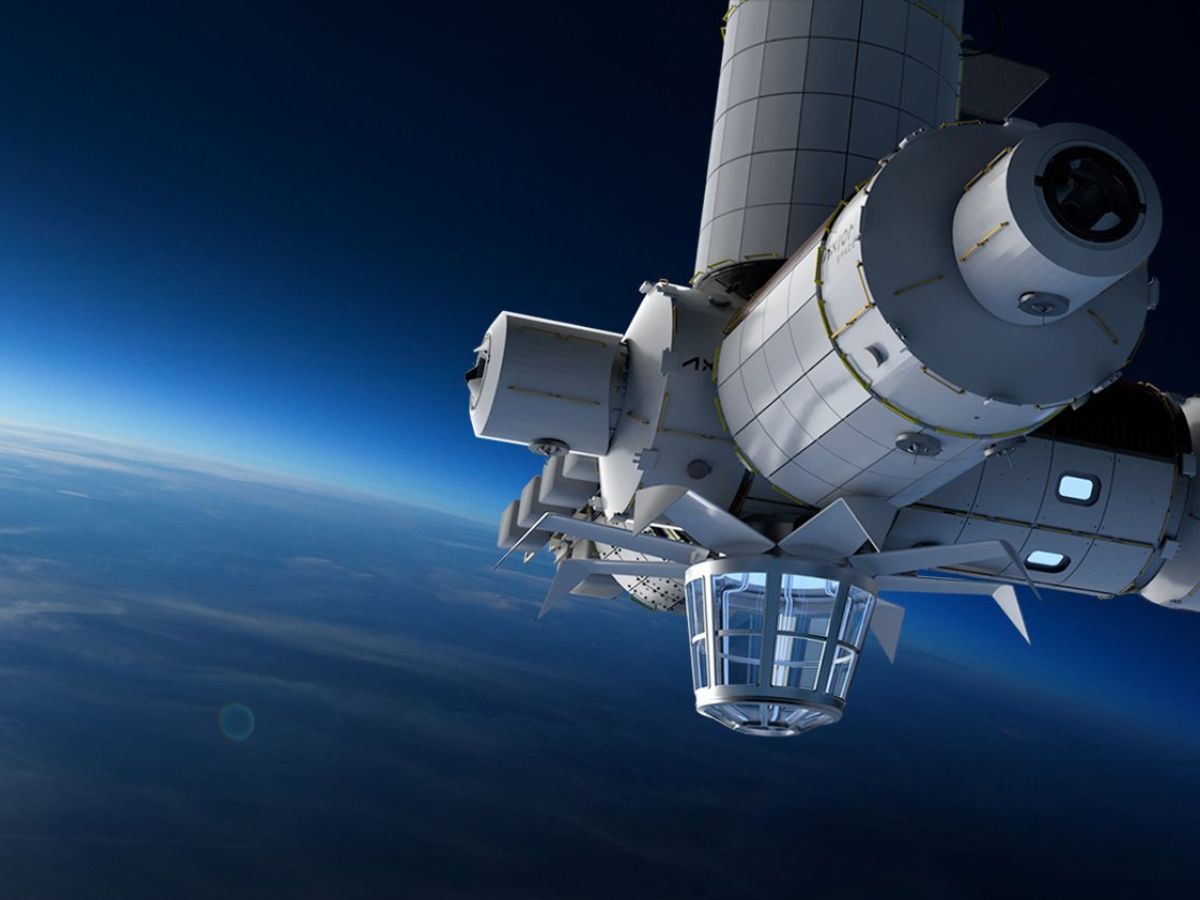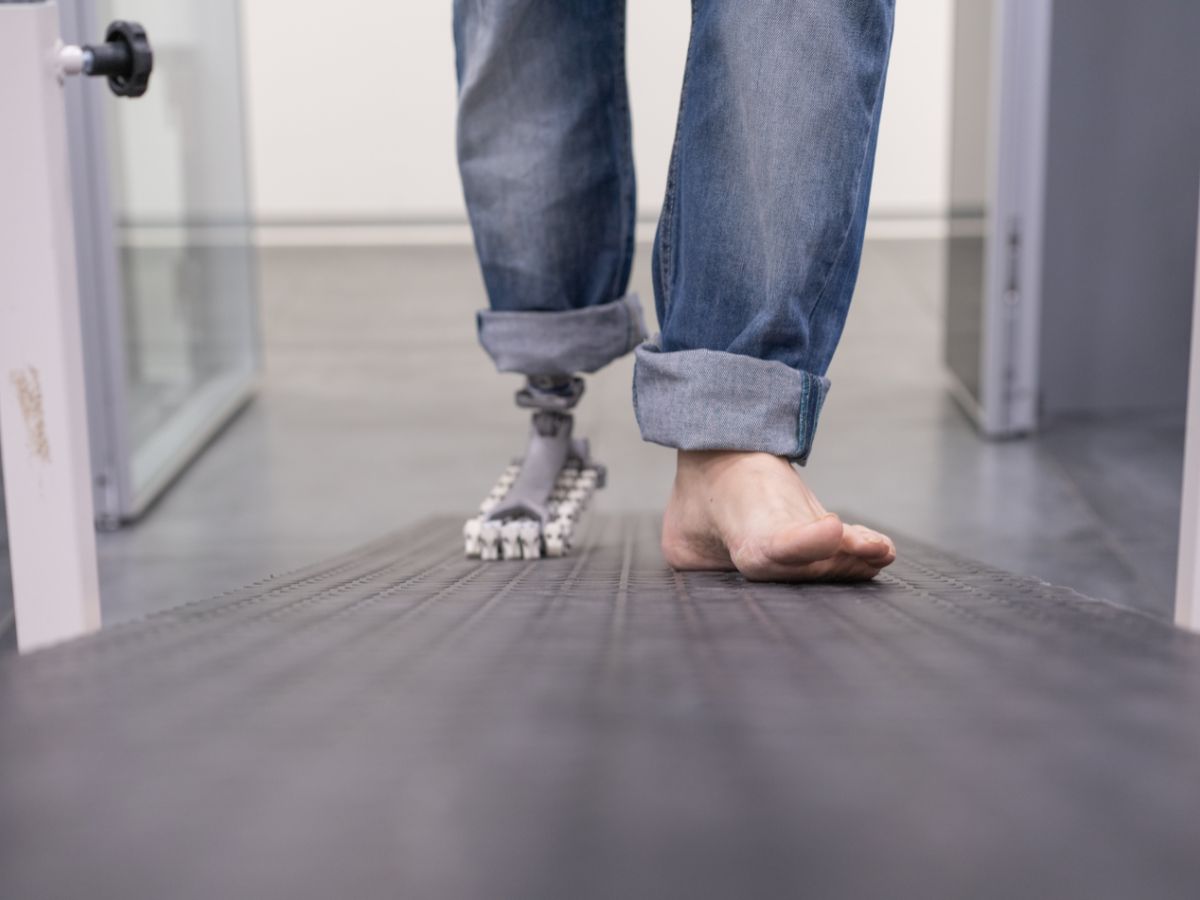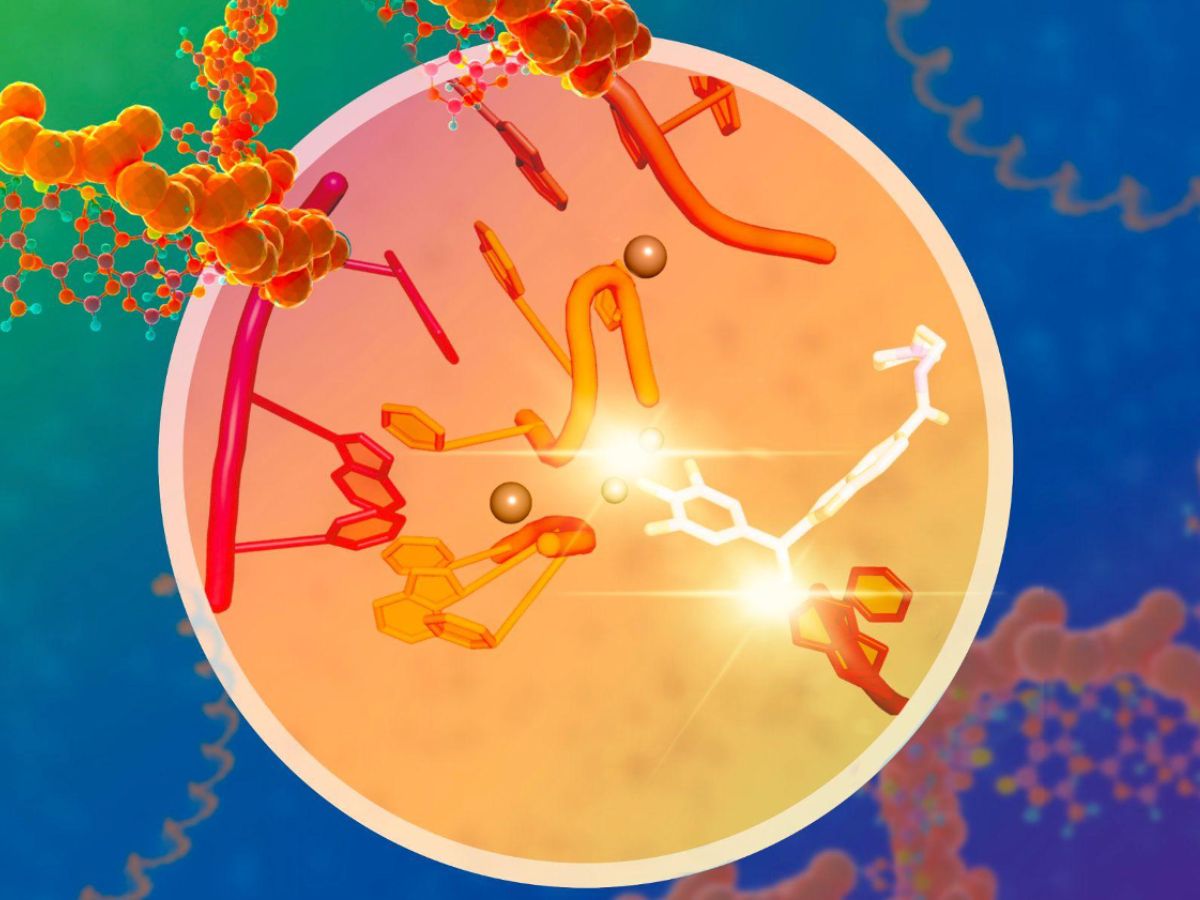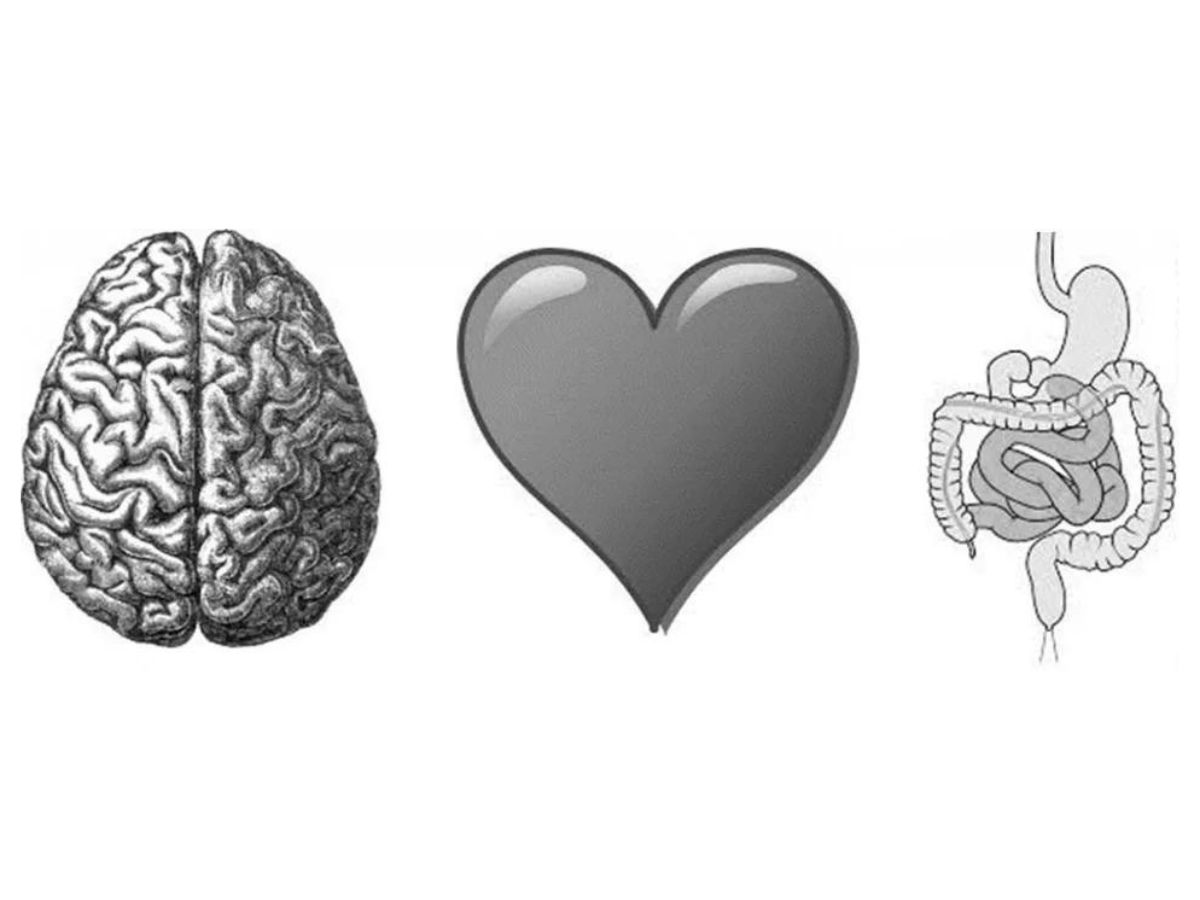Great expectations for the third launch of Axiom Space (AX-3)
Today it will carry the first entirely European commercial astronaut mission to the International Space Station (ISS) with Italian pilot Walter Villadei of the Italian Air Force and three other astronauts on board. The mission includes over 30 scientific experiments to be conducted in a microgravity environment and outside Earth’s atmosphere. The launch is scheduled for today, January 17, at 5:11 PM ET from the Kennedy Space Center of NASA in Florida, which corresponds to 23:11 Italian time. The crew will depart aboard a Dragon spacecraft propelled by the Falcon rocket, both from SpaceX, to dock with the ISS in less than two days, on January 19 at 11:15 Italian time. In case of adverse weather conditions, the alternative launch window identified by SpaceX would be tomorrow, January 18, at 16:49, or 10:49 in Italy, or in the event of further delay on January 20. Onboard the spacecraft, there will also be two experiments designed by researchers from IIT to study the effects that prolonged exposure to a space environment may have on human health.
Once docked to the ISS, AX-3 astronauts plan to spend up to 14 days aboard the orbiting laboratory, each dedicating time to scientific experiments and demonstrations representing their respective nations or entities. The crew is composed of Commander Michael López-Alegría from the United States and Spain, Pilot Walter Villadei from the Italian Air Force, and Mission Specialists Alper Gezeravcı from Turkey and Marcus Wandt from Sweden and the European Space Agency. The AX-3 mission website lists the various 30 experiments (https://www.axiomspace.com/missions/ax3/research).
Among the experiments considered of national interest by Italy, there are also the projects PROMETEO-2 e AstRNAuts designed and realized respectively by IIT researchers Gianni Ciofani and Davide De Pietri Tonelli.
“This will be our fourth mission aboard the International Space Station, an achievement that makes us particularly proud given the difficulty of conducting this type of experiment,” comments Gianni Ciofani, head of the Smart Bio-Interfaces laboratory at IIT in Pontedera (Pisa) and coordinator of the PROMETEO-2 project. “With PROMETEO-2, we hope to obtain additional experimental data on the use of nanomaterials as a countermeasure against oxidative stress in microgravity,” he explains.
PROMETEO-2 focuses on studying oxidative stress caused by the exposure of the human body to microgravity and cosmic radiation, conditions on Earth associated with pathologies such as Parkinson’s disease and other neurodegenerative diseases. The ultimate goal is to identify effective therapeutic tools based on nanoparticles to provide antioxidant protection and consequently prevent damage to neurons exposed to altered gravity and cosmic radiation. On the ISS, the action of cerium oxide nanoparticles (also called nanoceria), synthesized in IIT laboratories and having significant antioxidant properties, will be studied on samples of nervous tissue.
“Our team is very proud to participate in Mission AX3, which involves prestigious Italian institutions. Our project, named AstRNAuts, aims at monitoring the health of astronauts, which is a particularly relevant theme, anticipating long space missions,” comments Davide De Pietri Tonelli, head of the Neurobiology of miRNA Research line at IIT in Genoa.
AstRNAuts is a joint biomedical space research project between ASI and IIT, conducted in collaboration with the Italian Air Force and Bambino Gesù Hospital in Rome. Small RNA molecules will be studied to determine if their presence in astronauts’ body fluids can indicate specific physiological alterations. The goal is to define, with the help of artificial intelligence, a predictive diagnosis model of astronaut health during long space exploration missions. The project’s results will have applications on Earth, particularly in the predictive diagnosis of aging-related pathologies, such as neurodegenerative diseases. “Astronauts, in fact, can be considered a model of accelerated aging,” explains De Pietri Tonelli.
The live broadcast of the mission can be followed on Axiom Space, SpaceX, and NASA channels, starting approximately two hours before the launch.





